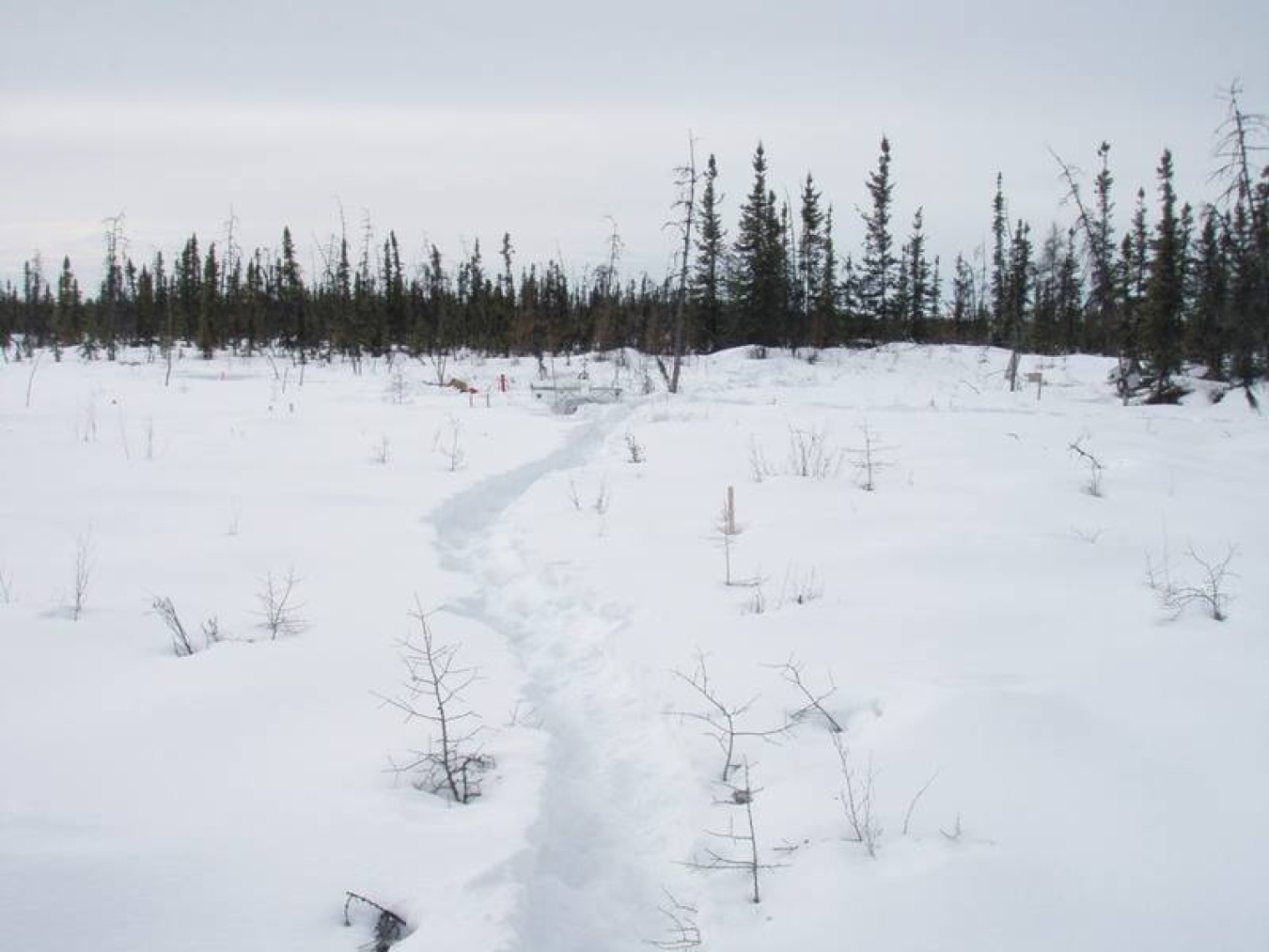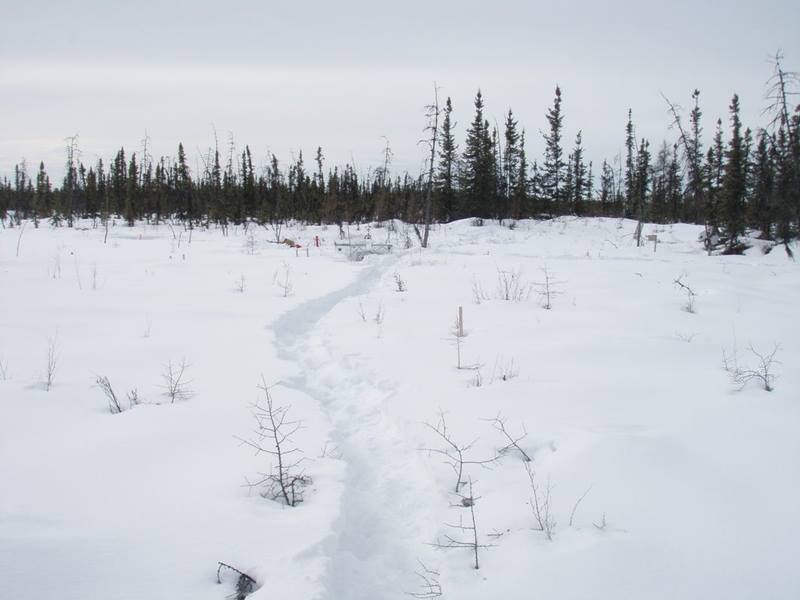
The Science
Scientists estimate that northern peatlands contain one third of the Earth’s soil carbon. This makes them important ecosystems for carbon storage, which keeps carbon dioxide out of the atmosphere and controls climate change. In northern peatlands, carbon losses from soil during the winter can exceed carbon storage during the warm growing season. This is primarily because of the activity of microbes, especially bacteria, that break down organic matter in the soil. Viruses can kill or slow down other microbes. This can reduce the amount of carbon microbes release from soil. However, scientists don’t know whether viruses are active in the winter when peatland soils are below freezing and contain no oxygen. To better understand how microbes interact in peatland soils during the winter months, this study incubated Arctic peat soils under winter conditions. The researchers then analyzed the microbes in the soil and their activity to understand how the microbes released carbon dioxide from these soil samples.
The Impact
Northern peatlands are rapidly changing due to climate change. Warming could shift them from a carbon sink to a carbon source, contributing carbon dioxide to the Earth’s atmosphere and helping to warm the climate. This study found that arctic soils under winter conditions contain a small proportion of active bacteria but a large proportion of active viruses. The interaction between these bacteria and viruses may help to control the loss of carbon from peat soils in the winter. This information will help researchers predict the future release of carbon from arctic soils.
Summary
Researchers estimate that winter carbon losses in northern ecosystems are greater than the amount of carbon taken up during the average growing season and are primarily driven by microbial decomposers. Viruses modulate microbial carbon cycling via induced mortality and metabolic controls, but researchers do not know whether viruses are active under winter conditions (anoxic and sub-freezing temperatures). This study used stable isotope probing (SIP) targeted metagenomics to reveal the genomic potential of active soil microbial populations under simulated winter conditions, with an emphasis on viruses and virus-host dynamics. Arctic peat soils were incubated at sub-freezing anoxic conditions with oxygen 18-enriched water or natural abundance water for 184 and 370 days. The researchers sequenced 23 SIP-metagenomes and identified 46 bacterial populations (spanning 9 phyla) and 243 viral populations that actively took up oxygen-18 in soil and respired carbon dioxide throughout the incubation. Active bacterial populations represented only a small portion of the detected microbial community and were capable of fermentation and organic matter degradation. In contrast, active viral populations represented a large portion of the detected viral community and one third were linked to active bacterial populations. Prior to this work, viral activities had never been confirmed under sub-freezing conditions in soil. There was a stark difference in the identity and function of the active bacterial and viral community compared to the unlabeled community that would have been overlooked with a non-targeted standard metagenomic analysis. It is critical to understand the identity, functional capacity, and activities of bacteria and viruses that cause carbon turnover in soils during winter to better predict their biogeochemical implications.
Contact
Gareth Trubl
Lawrence Livermore National Laboratory
[email protected]
Steven Blazewicz
Lawrence Livermore National Laboratory
[email protected]
Funding
Sample collection and processing were supported by a U.S. Geological Survey (USGS) Mendenhall Fellowship, the Bonanza Creek Long Term Ecological Research (LTER) Program jointly funded by the National Science Foundation and the USDA Forest Service Pacific Northwest Research Station (PNW01-JV112619320-16), and support from the USGS Climate R&D Program and the Alaska Climate Science Center. The analysis of results was supported by a Lawrence Livermore National Laboratory, Laboratory Directed Research & Development grant (18-ERD-041) and by the Department of Energy Office of Science, Office of Biological and Environmental Research, Genomic Science Program “Microbes Persist” Scientific Focus Area (#SCW1632).
Publications
Trubl, G., et al., Active virus-host interactions at sub-freezing temperatures in Arctic peat soil. Microbiome, 9 (1), 1-15. [DOI: 10.1186/s40168-021-01154-2]
Related Links
Video Abstract: Active virus-host interactions at sub-freezing temperatures in Arctic peat soil
Scraped from https://www.sourcearu.com




